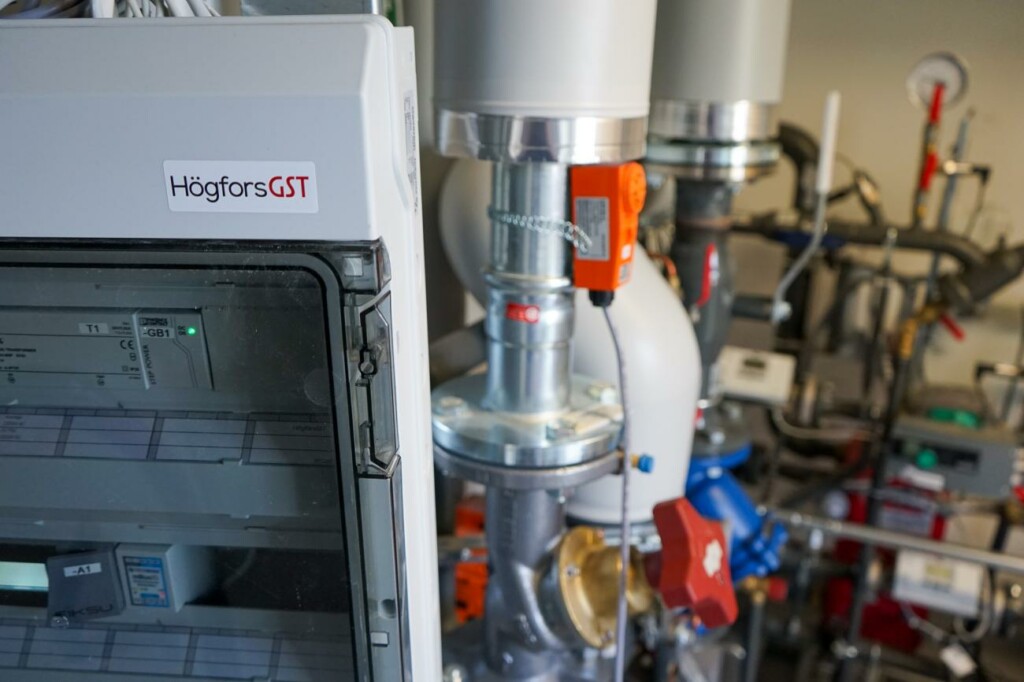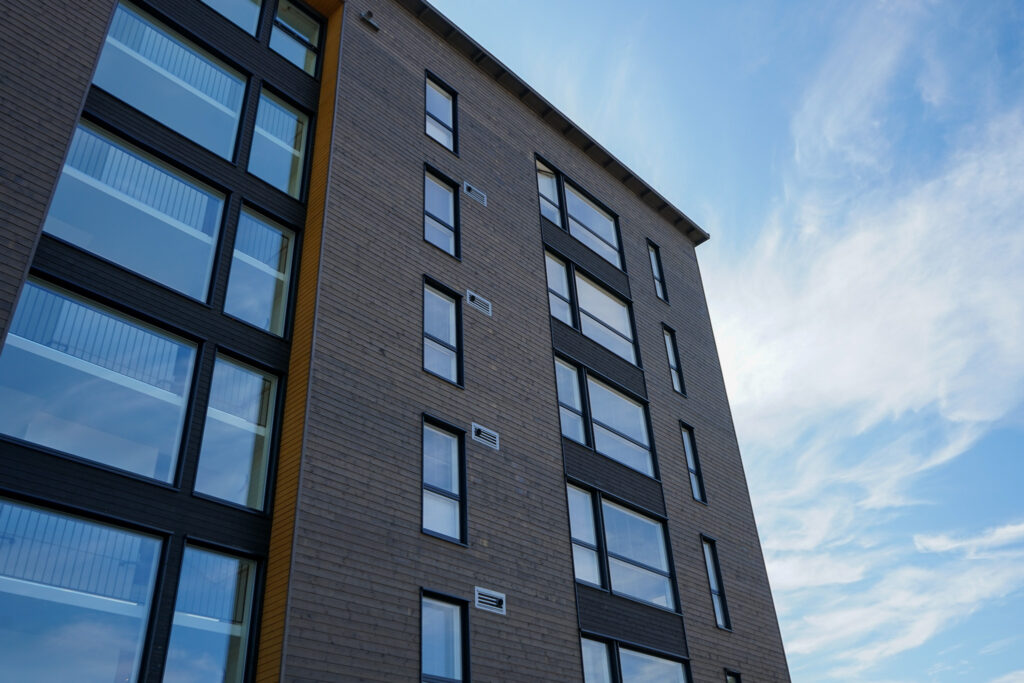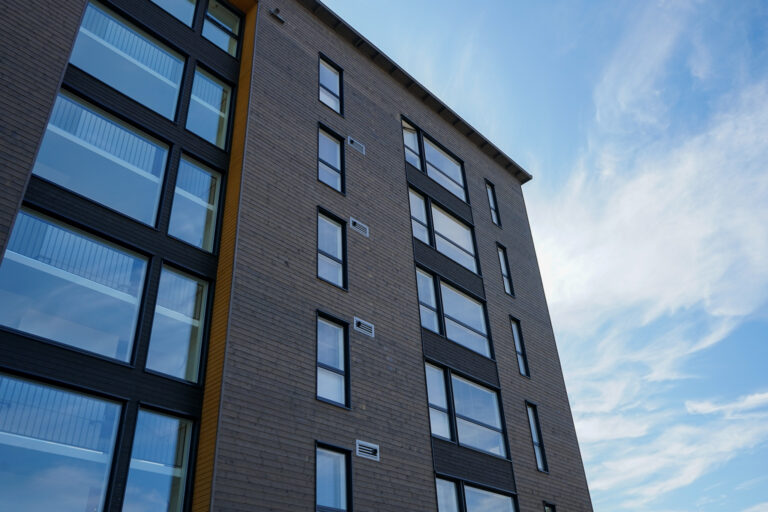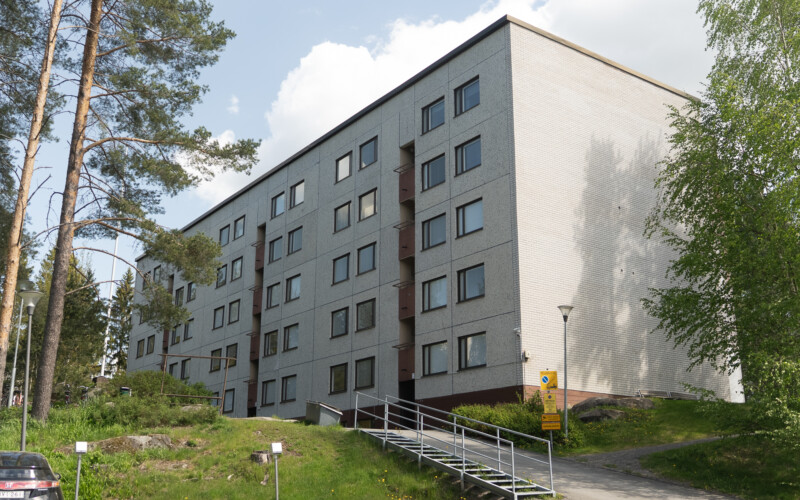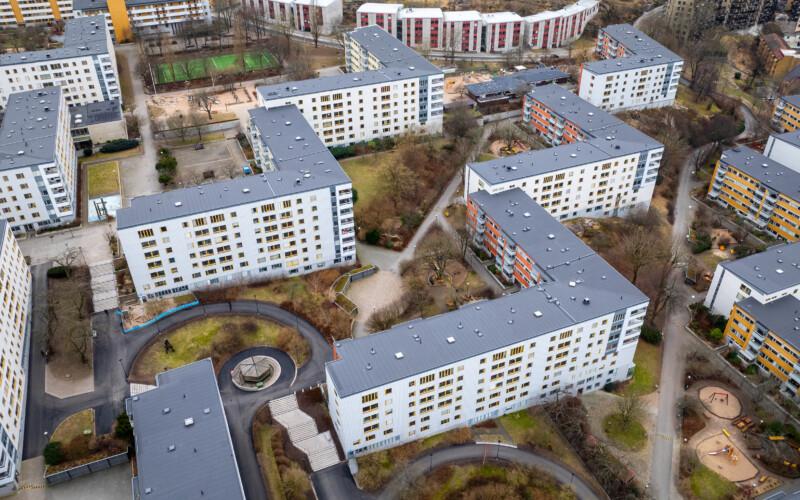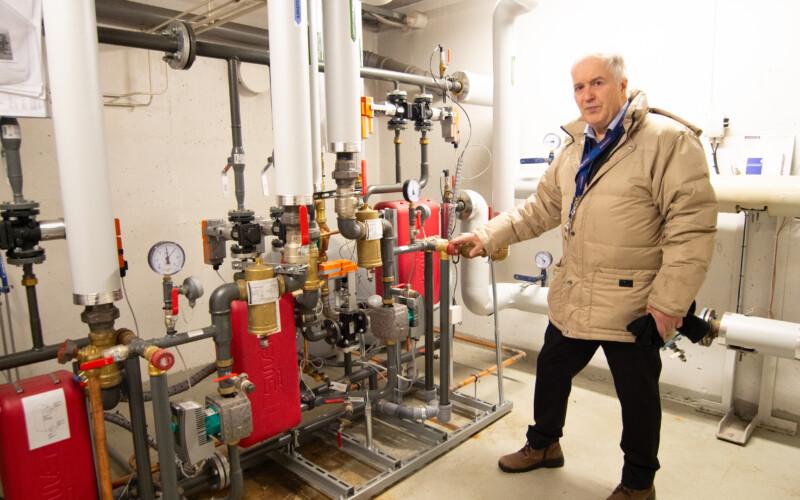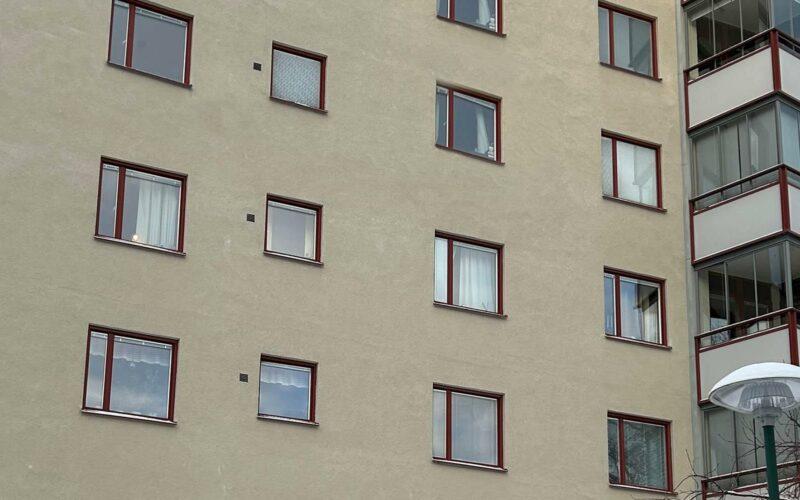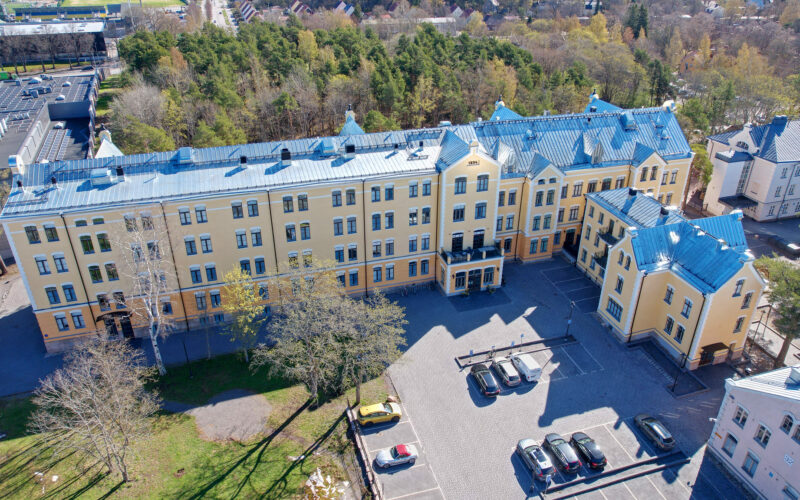District heating from the return pipe — sustainable heating solution for a wooden apartment building
A unique heating system has been implemented in a wooden apartment building in Loviisa, Finland. The heat from the district heating return network almost entirely covers the building’s heating demand. The implementation is the first in Finland, where the system has been implemented with factory-made equipment. The system has been developed in cooperation with the local district heating company Loviisan Lämpö.
Typically, district heating properties are heated with district heating water at around 90–100 degrees coming from the district heating supply pipe. The water is then returned to the district heating plant at a temperature of approximately 40–60 degrees. In Loviisa’s case, up to 95% of the property’s heating needs are covered with heat from the return network.
A heat transfer solution has been built into Loviisa’s property, which transfers the heat from the return network to the use of the property. Even though the return water is around 40-60 degrees, it can be used for heating the building as its heating system is designed to function with lower temperatures.
Heating systems utilizing the return heat of district heating have recently been implemented in various parts of Finland, but they require the right conditions, i.e., a sufficient volume of return water to be profitable. In Loviisa’s case, the conditions were suitable for the new heating solution.
According to Mikko Paajanen, CEO of Loviisan Lämpö, as the customers’ needs are evolving, district heating companies want to offer new solutions that are smarter and more energy efficient.
— This heating solution represents the first wave of fourth-generation district heating solutions. To my knowledge, this is the first implementation in Finland where a heating system utilizing return heat is built with factory-made equipment, Paajanen says.
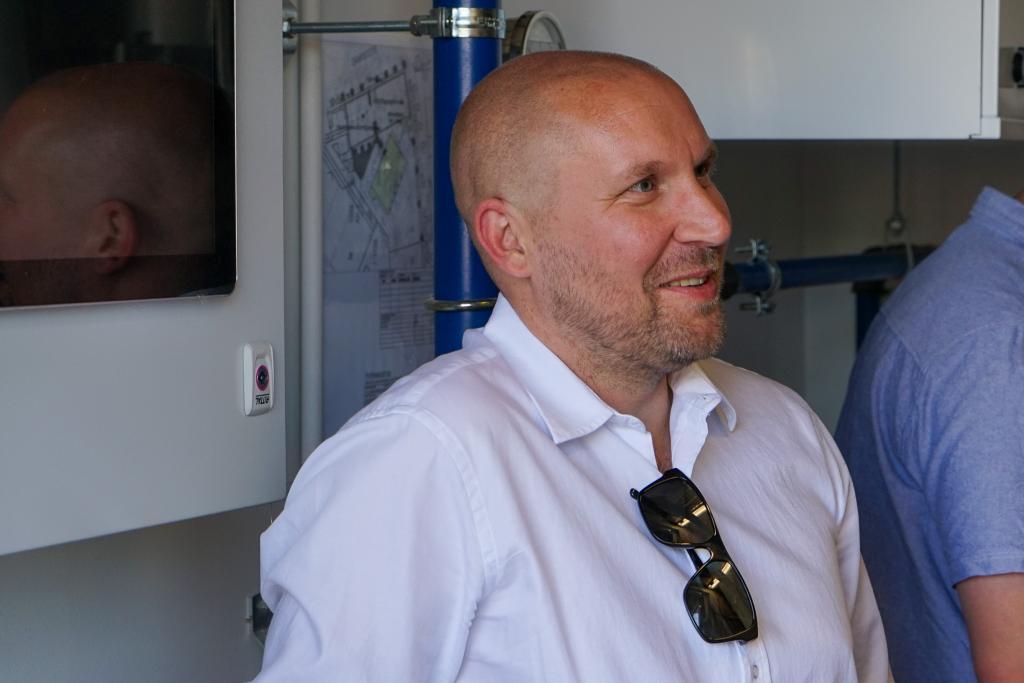
Both the customer and the energy company save money
Loviisan Lippulaiva (Loviisa’s Flagship) is a wooden apartment building with 33 apartments. The property is located in Loviisa’s Kuningattarenranta, where it was built for the 2023 Housing Fair. In addition to being a masterpiece of modern wooden construction and architecture, the building is also designed to consider current ecological requirements. These principles also influenced the choice of the heating system.
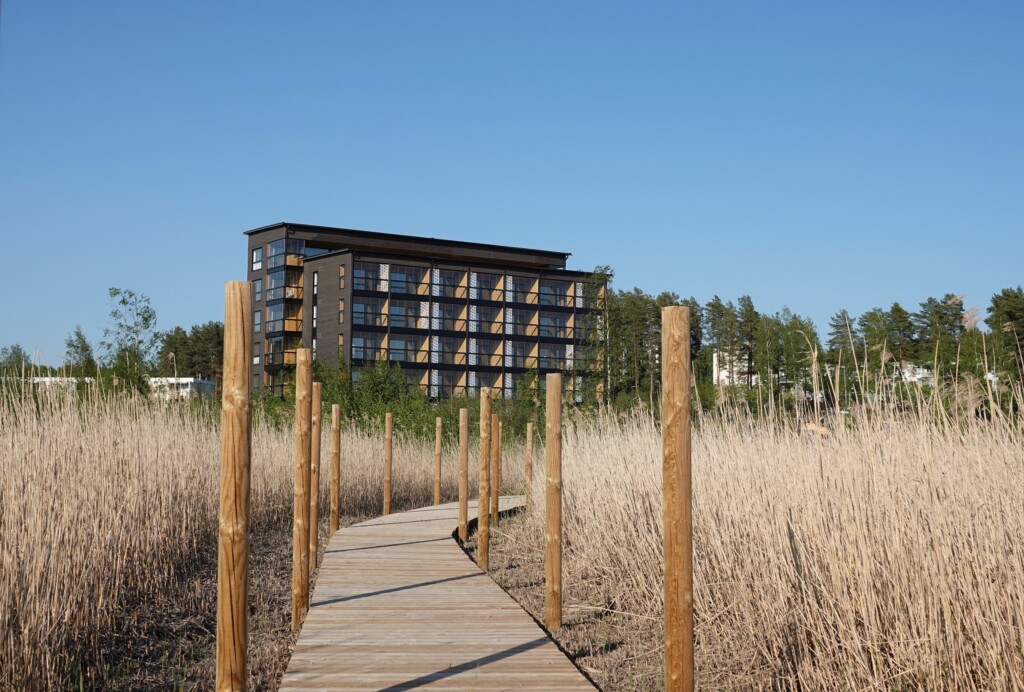
According to Paajanen, Lippulaiva was initially choosing geothermal as their heating method, but a district heating solution utilizing return heat was ultimately the most profitable option. The defining factors of the system were cost-effectiveness and environmental friendliness.
— The return heat solution is a more cost-efficient option for the customer than geothermal heat, which requires a larger initial investment. 95% of the house’s heating demand is supposed to be covered with the return heat, so the total cost is lower than with geothermal heat. In addition, as Loviisa’s district heating is produced almost entirely with renewable heat sources, this heating solution is also environmentally sustainable, Paajanen assures.
The collaboration started by chance — both parties are satisfied with the results
Paajanen says that Loviisan Lämpö faced a challenge in providing Loviisan Lippulaiva with a cost-effective and sustainable heating solution. The connection with HögforsGST came at just the right time.
— I met them at the annual Finnish District Heating Fair, where we exchanged a few words about the situation and HögforsGST’s solutions. That’s how our cooperation started, Paajanen recalls.
As mentioned earlier, Lippulaiva was originally going to choose geothermal heat as its heating method. However, the return heat solution offered by HögforsGST and Loviisan Lämpö was ultimately more profitable.
From the district heating supplier’s point of view, Paajanen highlights the benefits of the Fiksu Control System, which enables remote monitoring and controlling of the equipment. The technical staff of Loviisan Lämpö has also been satisfied with HögforsGST’s comprehensive customer support.
— HögforsGST offered a well-prepared solution that was easy to sell. Overall, the cooperation has gone really well, Paajanen says.
Cooperation around return heat solutions is not limited to Lippulaiva, as return heat is also utilized in industrial property in Loviisa.
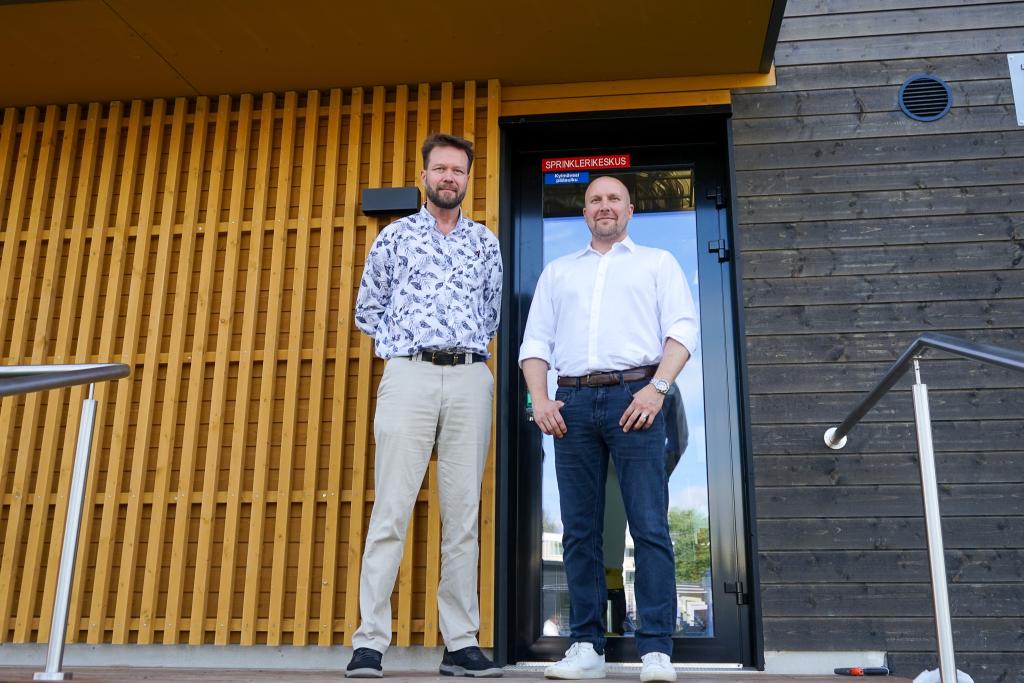
Improving energy efficiency through the cooperation of district heat consumers and producers
In addition to the technical implementation, a new approach is also being tried in the cooperation between the customer and the district heating provider. Loviisan Lämpö provides Lippulaiva with a service model where Loviisan Lämpö owns the district heating equipment and is responsible for their operation with a long agreement. The contract covers the entire life cycle of the equipment.
Finnish district heating plants are actively looking for solutions to lower the return temperatures of the district heating network. Saving energy and money acts as an incentive for reducing the temperatures.
With lower temperatures, district heating plants can supply the energy customers need with less fuel. This brings savings in both fuel costs and pumping costs. Incentive and fair pricing, like in Loviisa’s model, is an excellent way to share the resulting benefits between energy companies and customers.
FinDHC, an association representing the Finnish district heating industry, sees great value in the implementation.
— For the end customer, the most optimal option is the most economically sensible. It is also the wisest system when considering energy efficiency, communications coordinator Justus Luokkanen states.
— Loviisa’s implementation is also an excellent example of the versatility of the Finnish district heating system. The district heating network is an agile energy network that offers flexibility and energy efficiency.
